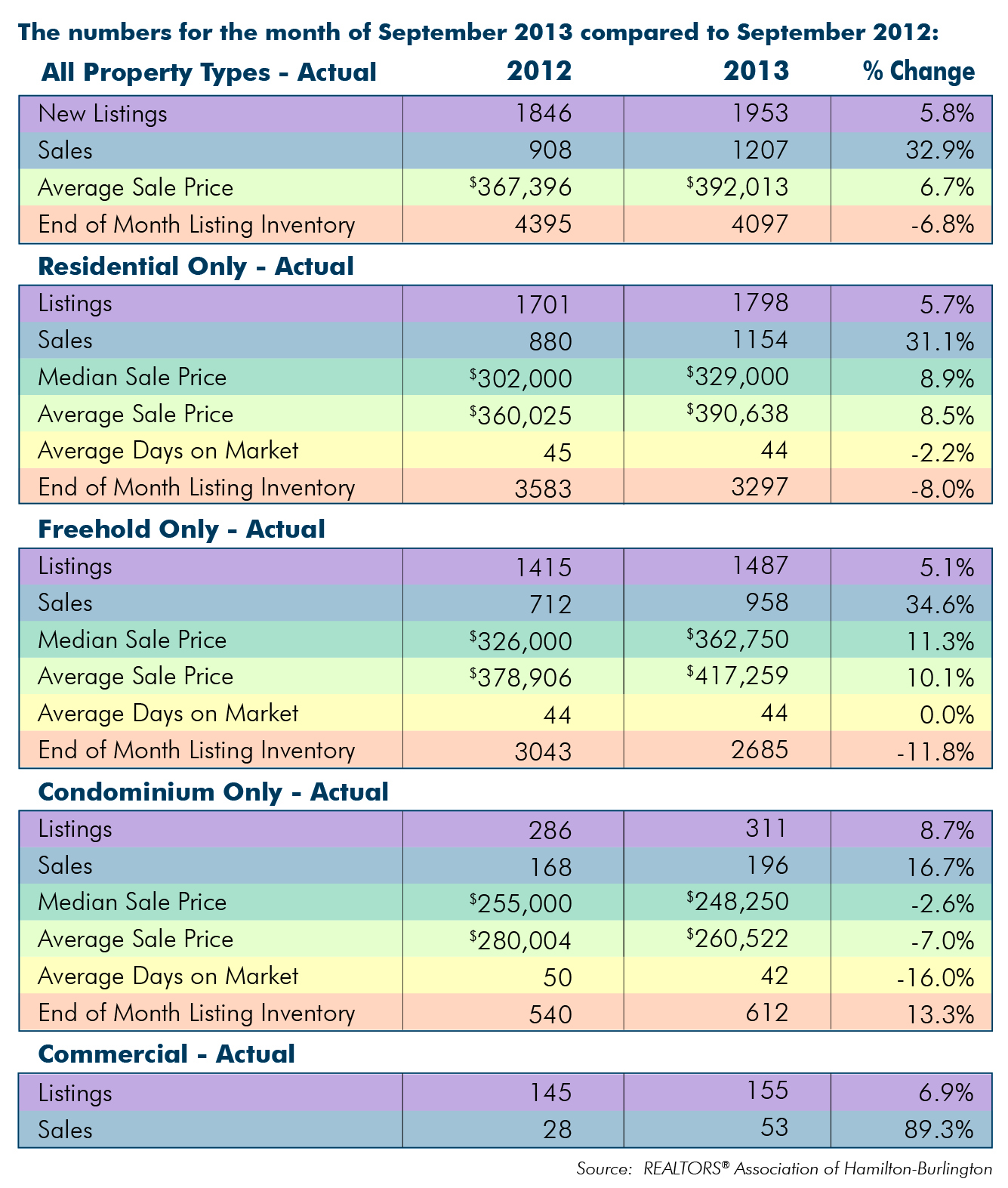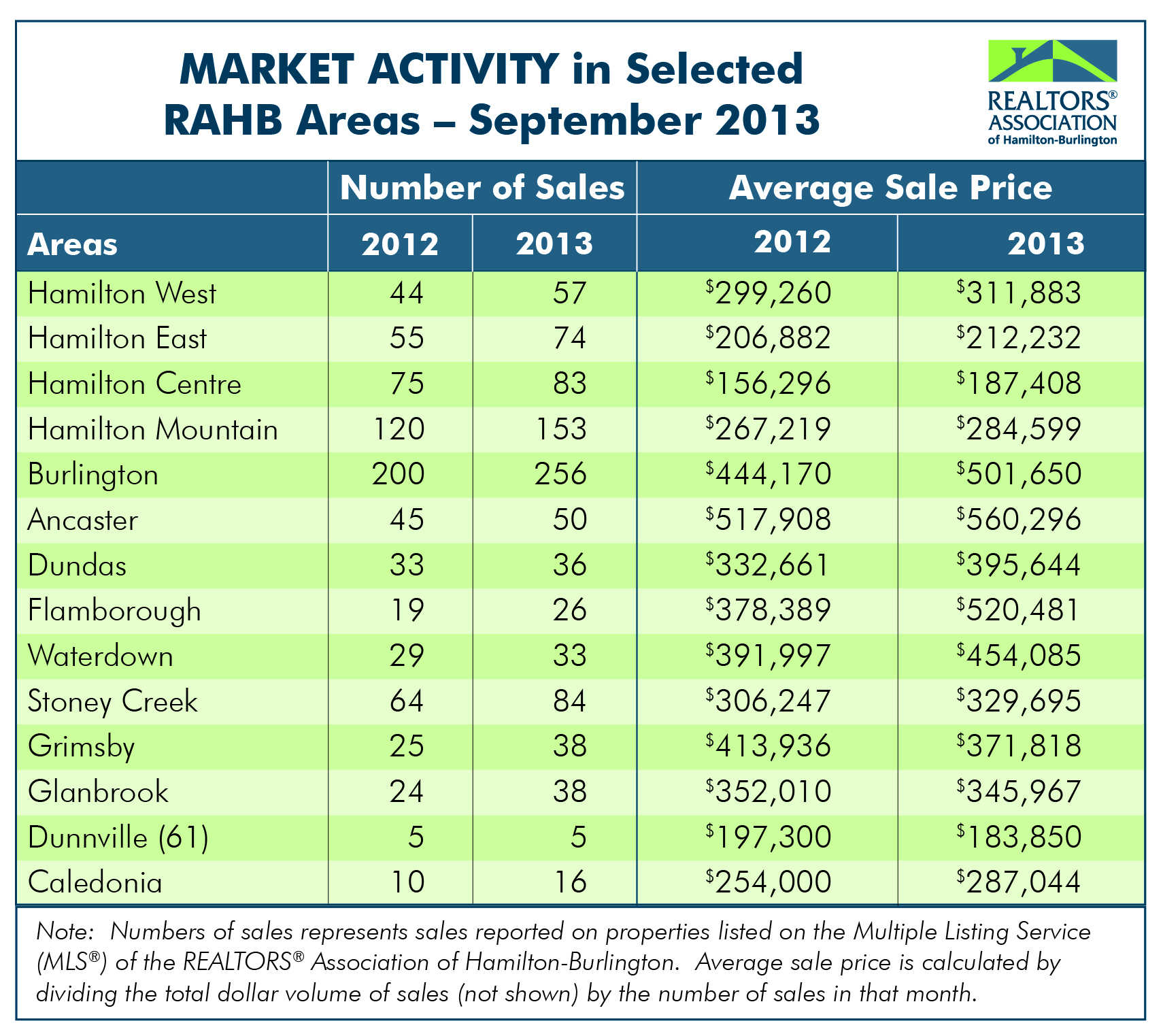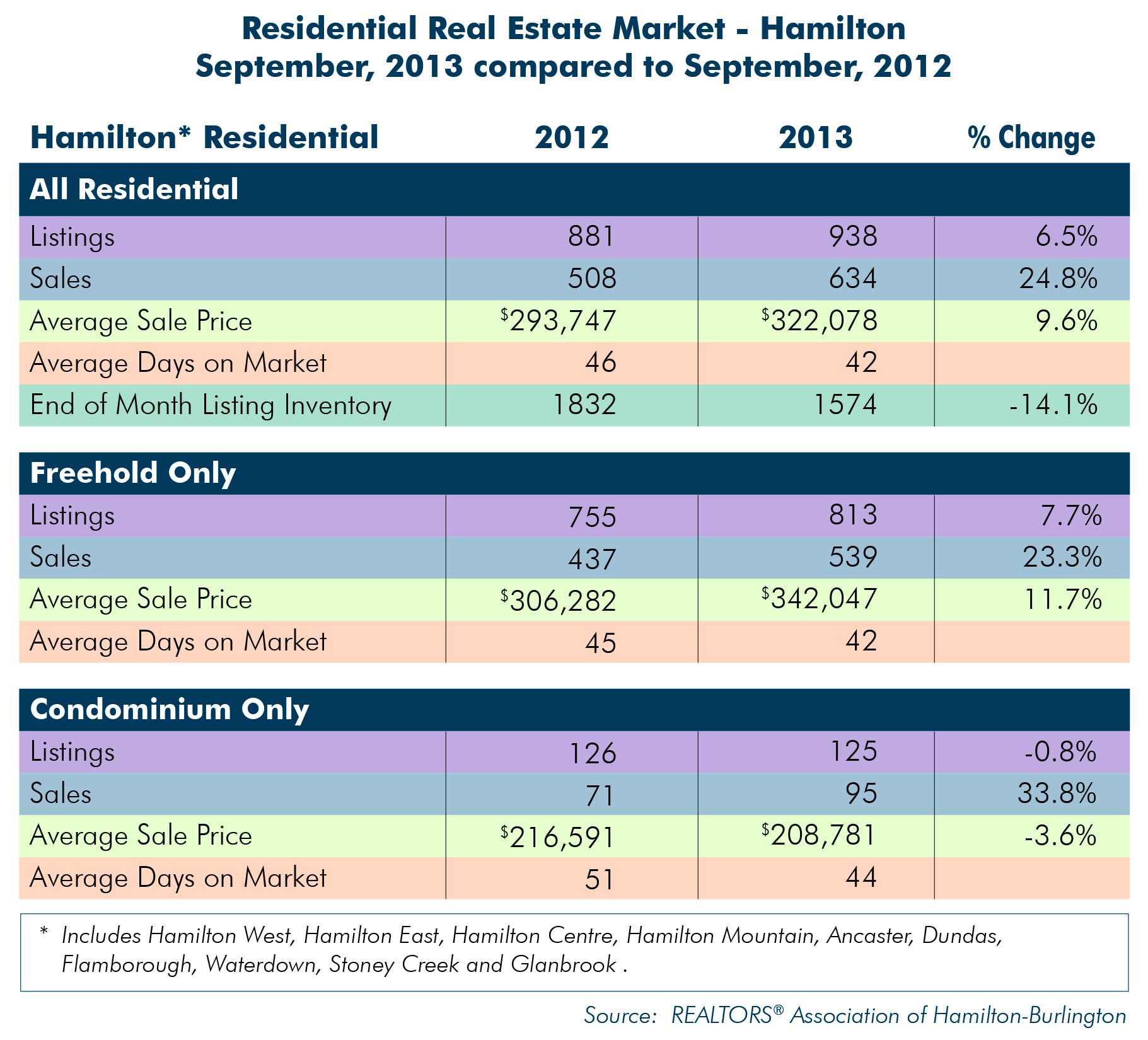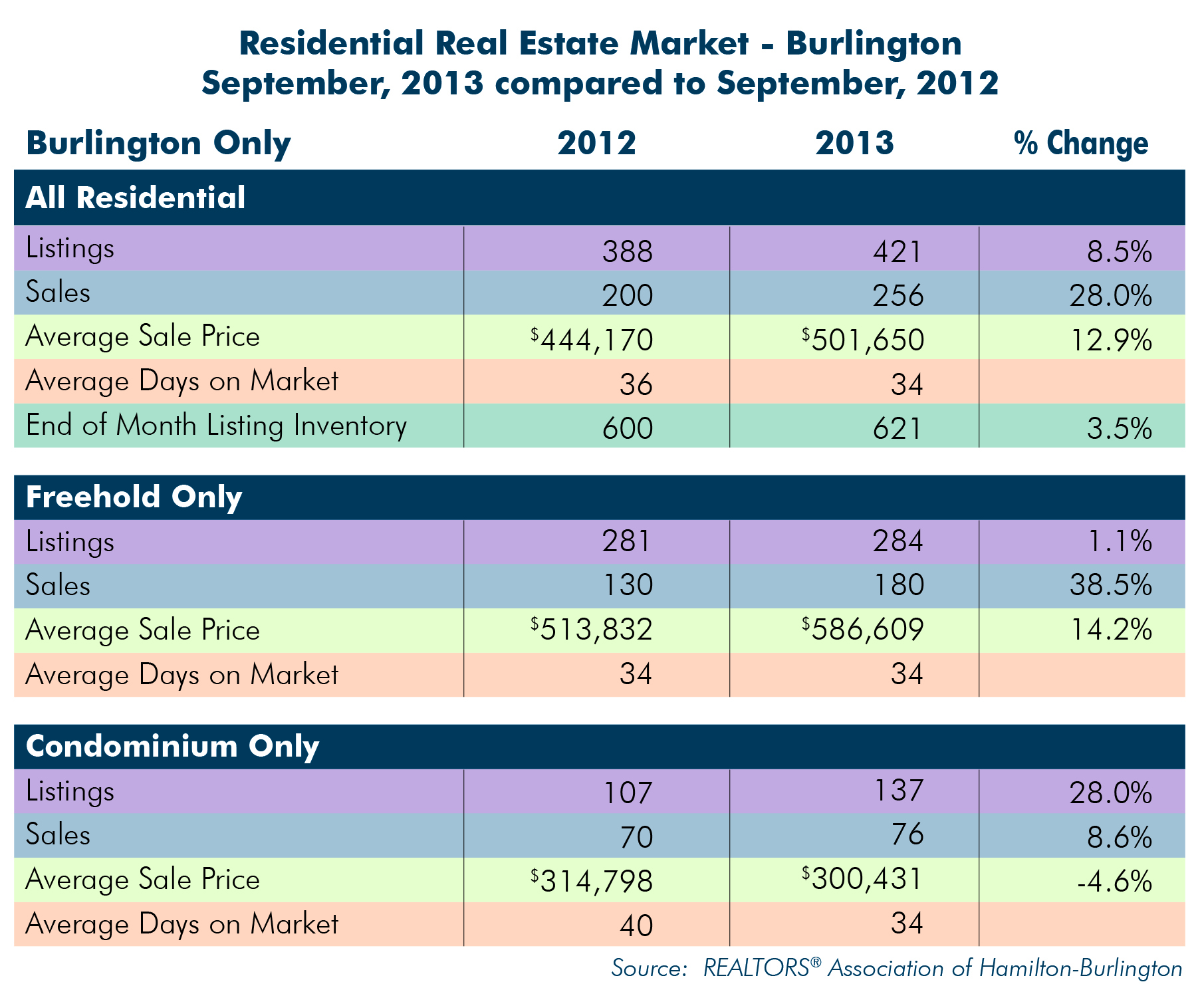Student Rentals
Student rentals are my bread and butter, and where I started my real estate investment career. There’s great income potential here, if you’re willing to roll up your sleeves and do the work.
PROS:
- Big rental potential: You can rent by the room, which increases your bottom line.
- Expensive finishes not needed: No need for granite and hardwood here; units need to be functional, clean, and well done, but high-end materials won’t give you a return on investment.
- School nearby = guaranteed tenants: I’ve yet to find a university/college town that didn’t lack student housing. You’ll have no problem finding tenants.
- Parents: You can ask that parents co-sign the lease, so the default rate is very low.
- Predictable rental cycle – school year starts, school year ends: Leases start and end at the same time every year, which means only having to deal with it once every 12 months.
CONS:
- High/constant turn-over: You might only need to worry about renting once a year, but depending on how many rooms you have available, that still means a lot of applications and a lot of screening.
- Not a lot of pride in rentership: It’s true, students aren’t always great a taking care of their temporary home, and not always the most responsible tenants. This isn’t always the case, but it’s something to keep in mind.
- Maintenance: Student rentals require a lot of it, mostly due to turnover and neglect.
- Tenants require more “babysitting”: You have to keep in mind that your tenants are often leaving mom and dad’s house and moving into yours. This means that even simple things like changing light bulbs or tripped breakers may result in a phone call or house visit.Executive RentalsWhether it’s a businessman in town for work, or movie crews on location, executive rentals can bring in big bucks, but also cost more up-front.PROS:
- Big money: Executive rentals can demand double or even triple what the same space would rent for in a regular rental situation.
- Higher profile tenant: Generally speaking, you don’t have to be concerned about the quality of tenant you’re getting here.
- Guaranteed income: Depending on our provincial rules, you may be able to collect all your rent upfront (if it’s a short-term lease) and collect a damage deposit (refer to your provincial policies regarding landlord-tenant relationships).
- Profit: You usually only need to rent for half the year to make one.
CONS:- High turn-over: Most executive rentals are short-term leases, so turn-over is constant.
- Unpredictable: Because of the nature of executive rentals, it won’t always be rented and there’s no certainty about when it will be.
- The bells and whistles: High-end finishes, nice furniture, linens, towels, dishes -- they all need to be included. Throw in utilities, cable, internet, and regular cleaning service, and costs really start to add up.
- Posting, applications and screening: Because of the high turn-over, landlord of executive rentals are constantly in a cycle of posting the apartment for rent, reviewing applications and screening tenants. Some people hire a placement/management company to take care of this, but if you choose to do so, that’s another cost that eats into your bottom line.
Secondary Suites
Secondary suites are apartments that exist within your own home, and are probably the most common rentals.
PROS:
- Longest term rental scenario: Tenants are likely to stay longer and take better care of the space.
- Passive rental: Secondary suites don’t take a lot of time and energy.
- Instant rental situation: You don’t have to purchase another property to be in rental situation with a secondary suite. Have a basement you can make into a legal apartment? Great, you can be a landlord!
- Return on investment: Adding a secondary suite typically adds a lot of value to your property.
- High demand: When done legally and safely, these types properties attract tenants everywhere. You don’t have to be downtown, like an executive rental, or near a school, like a student rental.
CONS:
- Lower cash flow: You won’t bring in as much rent as you would with other types of properties.
- Learning to share: You’ll be sharing your home with other people, which can be inconvenient at times.
- Reno time: Unless there’s a secondary suite already existing, putting one into your home requires a significant renovation and may also require a zoning change.
www.realestate-hamilton.ca
www.realestate-burlington.ca
www.realestate-binbrook.ca
Article available at HGTV.ca













.jpg)
